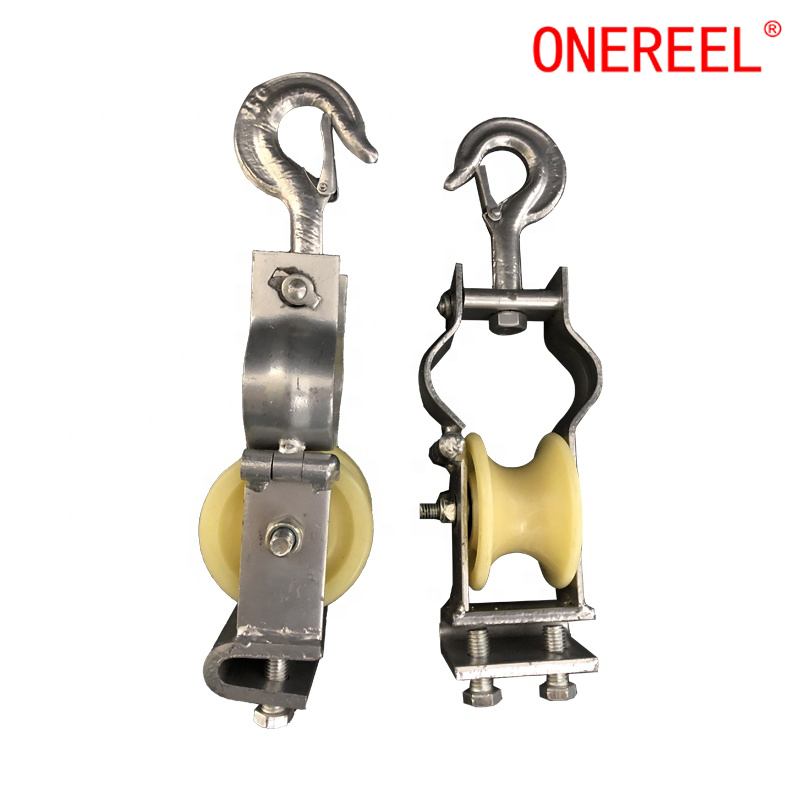
 English
English  Español
Español Português
Português русский
русский Français
Français 日本語
日本語 Deutsch
Deutsch tiếng Việt
tiếng Việt Italiano
Italiano Nederlands
Nederlands ภาษาไทย
ภาษาไทย Polski
Polski 한국어
한국어 Svenska
Svenska magyar
magyar Malay
Malay বাংলা ভাষার
বাংলা ভাষার Dansk
Dansk Suomi
Suomi हिन्दी
हिन्दी Pilipino
Pilipino Türkçe
Türkçe Gaeilge
Gaeilge العربية
العربية Indonesia
Indonesia Norsk
Norsk تمل
تمل český
český ελληνικά
ελληνικά український
український Javanese
Javanese فارسی
فارسی தமிழ்
தமிழ் తెలుగు
తెలుగు नेपाली
नेपाली Burmese
Burmese български
български ລາວ
ລາວ Latine
Latine Қазақша
Қазақша Euskal
Euskal Azərbaycan
Azərbaycan Slovenský jazyk
Slovenský jazyk Македонски
Македонски Lietuvos
Lietuvos Eesti Keel
Eesti Keel Română
Română Slovenski
Slovenski मराठी
मराठी Srpski језик
Srpski језик
Understanding Angled Stringing Blocks in 3D Printing
2023-10-25
3D printing technology has come a long way in recent years, enabling a wide range of applications and customization in manufacturing. One essential aspect of 3D printing is managing stringing, which refers to the thin strands of filament that can be unintentionally deposited between different parts of your print. To combat stringing, the angled stringing block has emerged as an effective solution.
What is an Angled Stringing Block?
An angled stringing block is a design feature in 3D printing that helps reduce or eliminate stringing issues in the final print. It consists of a 3D model, usually a tower, that is printed alongside the main object. This tower is constructed with intentional overhangs and angles to provide a controlled path for the extruder to retract and purge the filament. By doing so, it prevents stringing by creating a clean break in the filament before it can accumulate on the print.

How does it Work?
The angled stringing block works by challenging the 3D printer's nozzle and extruder to retract and travel across the tower's structure at various angles. This process forces any excess filament to be drawn away from the main object and deposited onto the tower. The angles and overhangs in the tower design are crucial for successful stringing prevention.
When the nozzle moves to a higher point in the tower, it enables the printer to retract the filament, reducing pressure in the nozzle. This reduction in pressure, combined with the physical separation from the main print, ensures that no filament strings from one part of the print to another. Moreover, as the nozzle descends the tower, it continues to deposit the excess filament on the angled surface, minimizing any chance of stringing.

Why Use an Angled Stringing Block?
1.Quality Improvement: The most apparent benefit of using an angled stringing block is an improvement in print quality. By preventing stringing, your final print will appear cleaner and more professional.
2.Time Savings: Reducing stringing means less post-processing is required, saving time and effort in cleaning up the print.
3.Material Conservation: Stringing leads to wasted material, which can be expensive. Using an angled stringing block can significantly reduce material waste.
4.Complex Prints: For complex models with intricate details, stringing can be particularly problematic. Angled stringing blocks are invaluable in such cases.
5.Ease of Use: Angled stringing blocks can be implemented by adjusting slicer settings, making it relatively straightforward to use, even for beginners.

How to Implement Angled Stringing Blocks
Implementing angled stringing blocks in your 3D printing process is quite straightforward:
1.Design or Find a Model: You can either design your angled stringing block or find pre-made ones that are available online. These are often free to download.
2.Slicer Settings: In your slicing software, you'll need to insert the angled stringing block model and set it to print alongside your main object.
3.Print: Once your settings are in place, proceed with printing as you normally would.
4.Optimize: You may need to experiment with the settings to get the perfect configuration for your specific printer and filament type.

Conclusion
Angled stringing blocks are an essential tool for any 3D printing enthusiast or professional. By strategically placing and configuring these models, you can significantly reduce stringing issues, improving the quality of your prints and saving both time and material. As 3D printing continues to evolve, understanding and utilizing features like the angled stringing block will be critical for achieving the best results in your projects.
https://www.cable-spool.com/pulley-block






